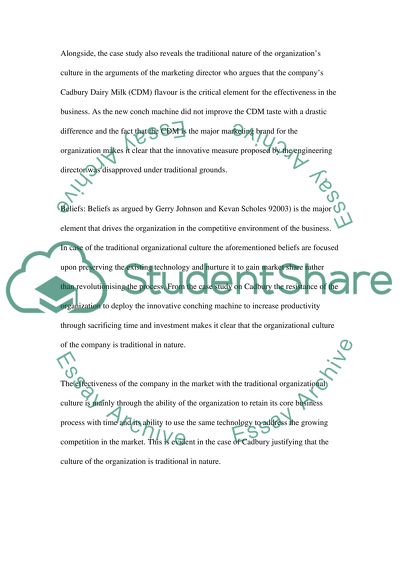Cite this document
(“Culture of Cadbury Essay Example | Topics and Well Written Essays - 2500 words”, n.d.)
Retrieved de https://studentshare.org/miscellaneous/1515759-culture-of-cadbury
Retrieved de https://studentshare.org/miscellaneous/1515759-culture-of-cadbury
(Culture of Cadbury Essay Example | Topics and Well Written Essays - 2500 Words)
https://studentshare.org/miscellaneous/1515759-culture-of-cadbury.
https://studentshare.org/miscellaneous/1515759-culture-of-cadbury.
“Culture of Cadbury Essay Example | Topics and Well Written Essays - 2500 Words”, n.d. https://studentshare.org/miscellaneous/1515759-culture-of-cadbury.


